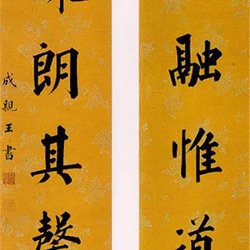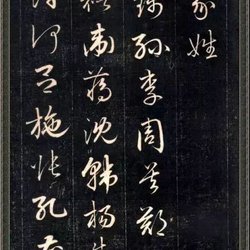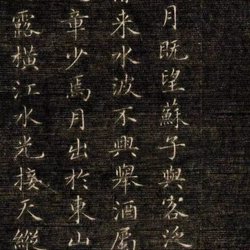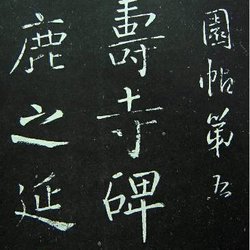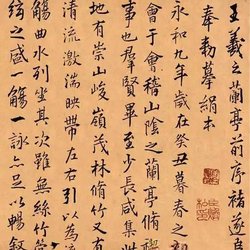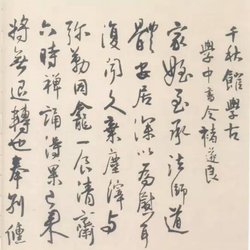Most ancient emperors were short-lived, but Qianlong was an exception. He lived to be 89 years old, making him the longest-lived emperor in Chinese history. Qianlong had a total of 27 children. Today, let’s talk about the eleventh son of the emperor - Prince Cheng Aixinjueluo Yongxuan.
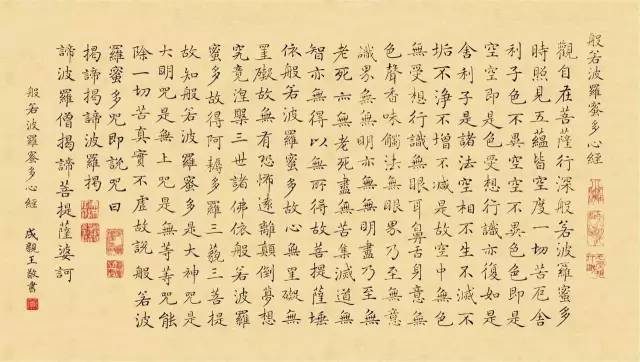
Prince Cheng's "Heart Sutra"
Although he was a prince, Yongxuan's childhood was not happy: when he was three years old, his biological mother passed away, and his two brothers from the same mother, the fourth elder brother, was adopted early and later died young, and the eighth elder brother was six years older than him. Years old, we usually can’t play together at all...
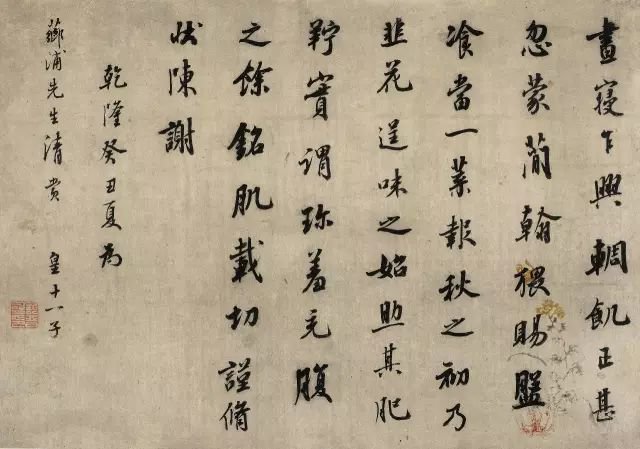
Prince Cheng's "Linlihua Tie"
Fortunately, he found something that could make him forget these troubles - calligraphy. Yongxuan loved calligraphy since he was a child. Decades of hard work, coupled with the unique conditions of having access to the palace collection and his own rich collection, made his calligraphy famous and deeply loved by Qianlong. Together with Weng Fanggang, Liu Yong and Tie Bao, he was known as the "Four Qianlong Family".
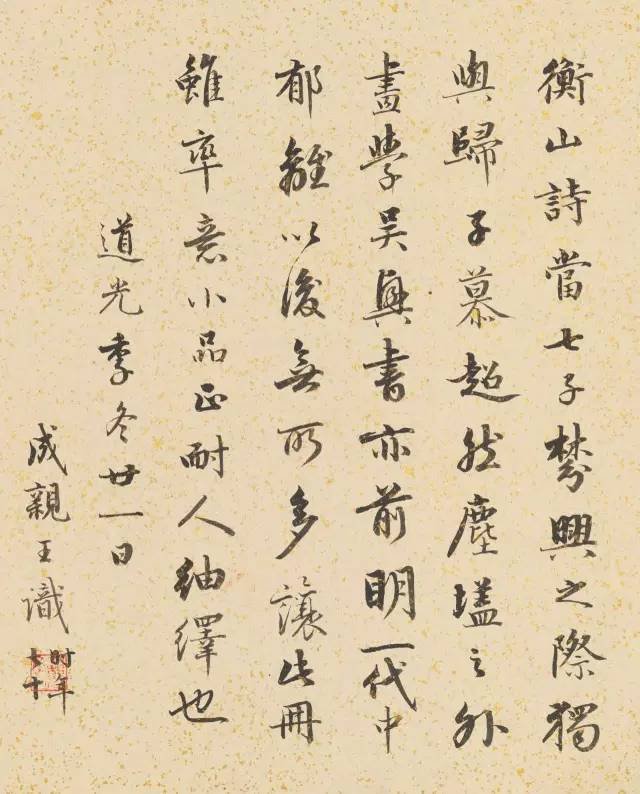
Prince Cheng's calligraphy inscriptions and postscripts on Zhengming's landscape poetry and painting album
He was a strong contender for the throne
As we all know, Emperor Qianlong passed the throne to his fifteenth son Yongyan, also known as Emperor Jiaqing. In fact, Yongxuan, the eleventh son of the emperor, was once a strong contender for the throne. Yongxuan is extremely smart, full of knowledge, talented, independent, and older. Although Yongyan is an upright man and has dignified moral character, there is not much to note about him.
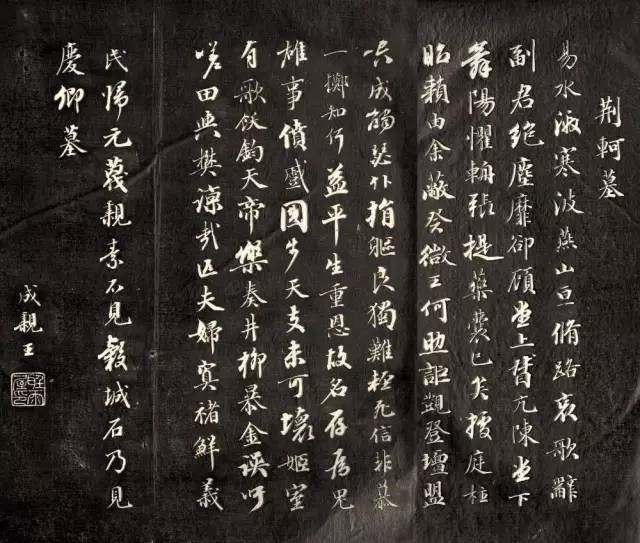
Engraved copy of "Jing Ke's Tomb" calligraphy by Prince Cheng
In the end, Yongyan won. Perhaps it was because Yongxuan was too smart and opinionated, and Qianlong was not satisfied with being a complete emperor; perhaps it was because Yongxuan had acquired the habits of a Han scholar-bureaucrat and had forgotten the martial arts of Manchuria, and was considered by his father to have forgotten his roots; or maybe because Yongxuan has an eccentric temperament, so he is not favored by his father.
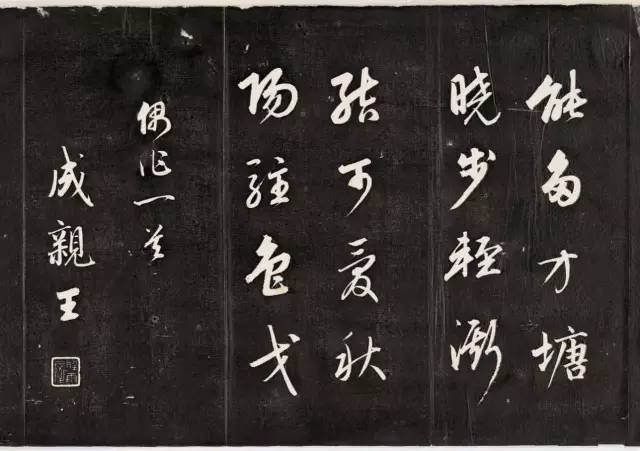
Prince Cheng's calligraphy "An Occasionally Composed One"
The stingiest prince in the Qing Dynasty
Yongxuan's stinginess is unique among the kings, and he is known for his "tyranny in housekeeping" and "meager daily necessities". His wife, the Fucha family, lived a hard life. In addition to having her dowry confiscated by Yongxuan, she wore coarse clothes and linen and ate only tea and light porridge. She was a daughter of a great scholar and a member of the royal family, but she did not have enough to eat or wear warmly.
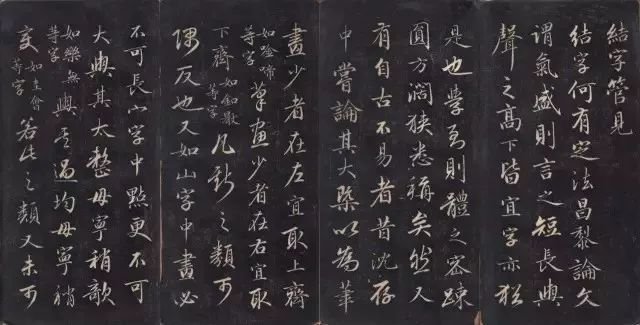
"On Running Script" by Prince Cheng
One day, Yongxuan's horse died, and Yongxuan ordered the horse to be cooked instead of a meal. "I didn't eat any food that day, so he was stingy." Emperor Qianlong reprimanded him many times, but Yongxuan's nature did not change, and everything remained the same.
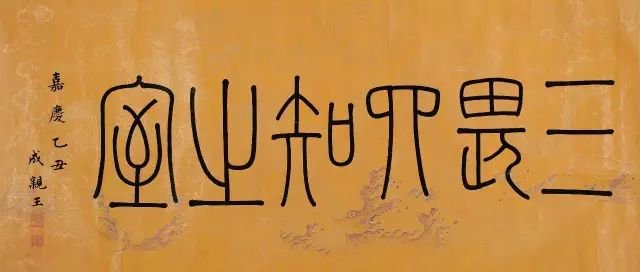
Prince Cheng "The Room of Three Fears and Four Knowledges"
His children and grandchildren often stole his money, and often died violently due to indiscretion. After he learned about it, he was so angry that he suffered from epilepsy, and finally died of epilepsy. Most of the savings saved over the years were taken away by the servants, leaving the palace empty.
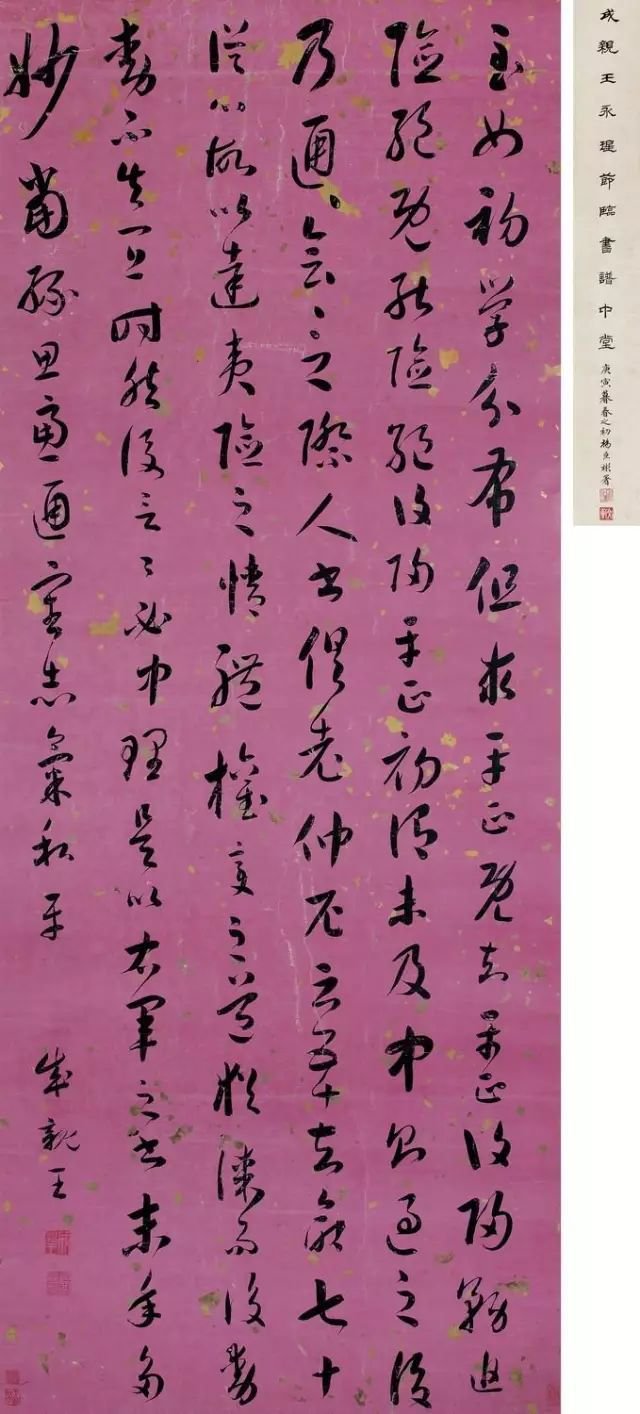
Prince Cheng's "Jie Lin Shu Pu"
His calligraphy achievement surpassed that of his father Qianlong
Although Yongxuan had a bad life, did not become emperor, and had a very eccentric personality, his achievements in calligraphy were astonishing. Qianlong's cultural accomplishment was very high, but when it came to calligraphy, he could not compare with his son.
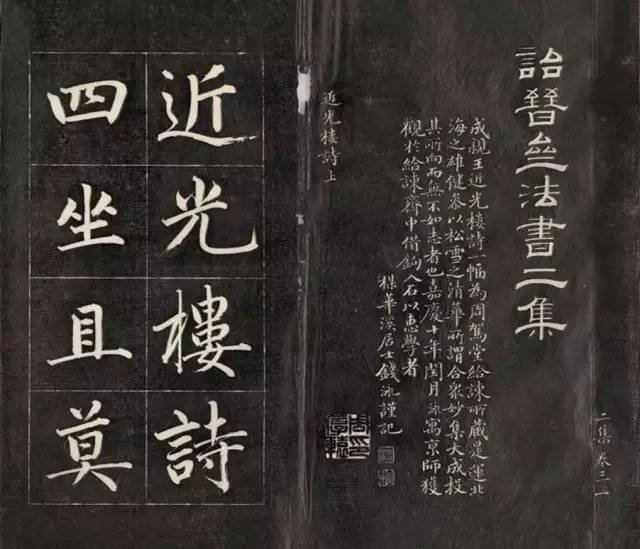
"The Second Collection of Yijinzhai Dharma Script" in regular script by Prince Cheng (partial part)
Prince Cheng first studied the calligraphy of Zhao Mengfu, and later also learned the characteristics of Ouyang Xun's calligraphy, and extensively copied calligraphy from Jin, Tang, Song, and Ming dynasties, thus forming a style that is upright, elegant, vigorous, and smooth.
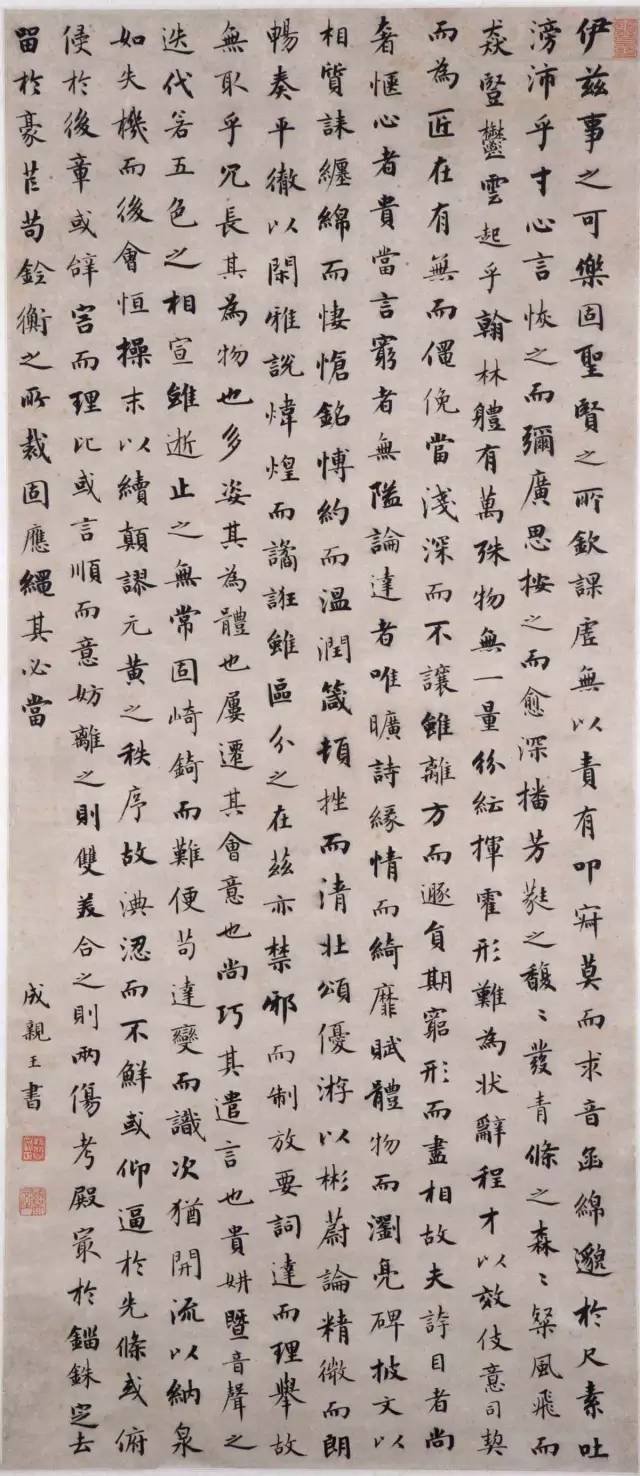
Prince Cheng's calligraphy scroll "Lu Jiwen Fu"
His calligraphy style inherits more of the characteristics of Zhao Mengfu's calligraphy. It is very rounded and upright, and has the characteristics of the imperial court style, but at the same time it has the turning and vigorous characteristics of Ouyang Xun's calligraphy, which is different from the blind style of the style. Pursue integrity and beauty.
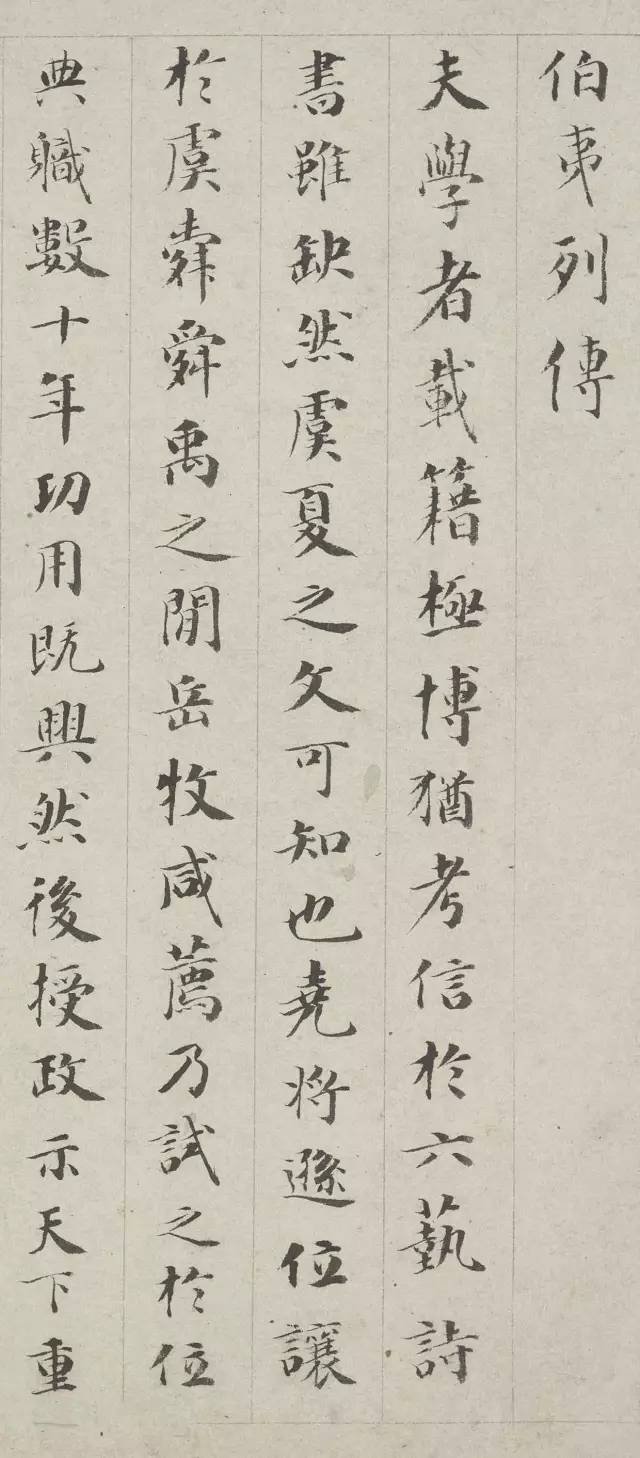
Prince Cheng's calligraphy of "The Biography of Boyi" (detail)
"Manuscripts of the History of the Qing Dynasty" said, "Many of the disciples of Gaozong were good at literature, especially Prince Chengzhe, who was worthy of the ancients for his poems, chapters and calligraphy." In the ninth year of Jiaqing, he also said: "My brother, Prince Chengzhe, has specialized in calligraphy since he was a child. He deeply understands the meaning of ancient people's penmanship. He has worked extensively in various schools and worked on various genres. He has been in the pool for decades. In recent times, there are few people who can write calligraphy for courtiers like him."
Appreciation of Prince Cheng’s calligraphy works
Prince Cheng's "Ode to the Red Cliff of Songxue in Linzhao" in small regular script
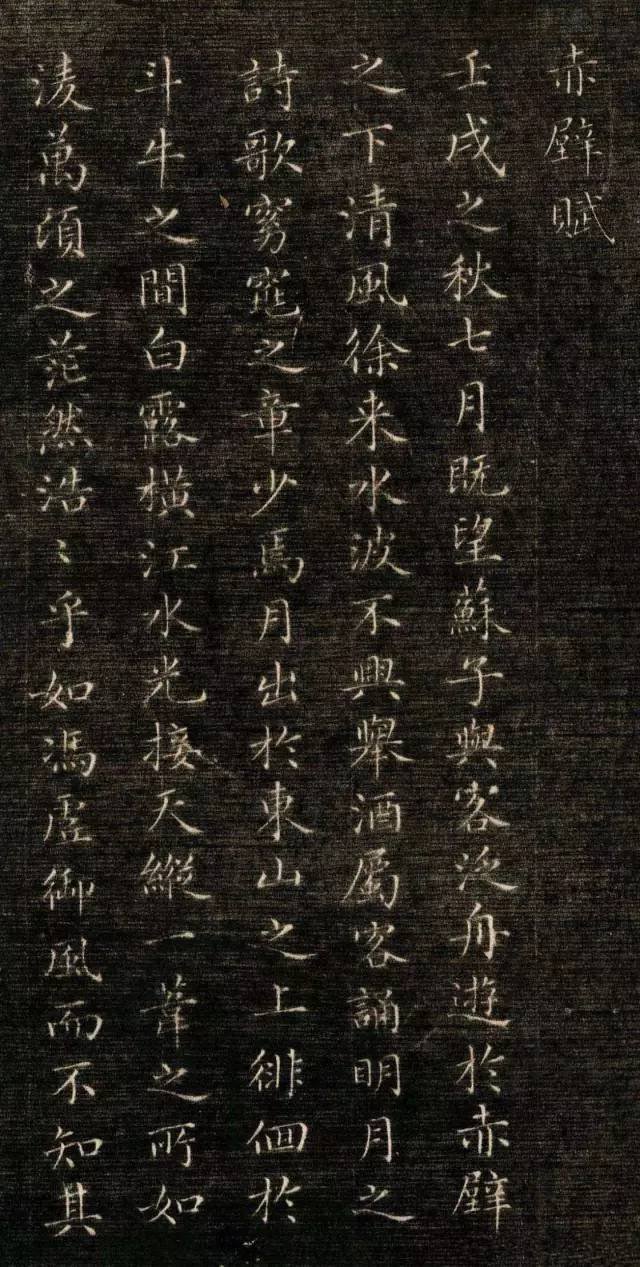
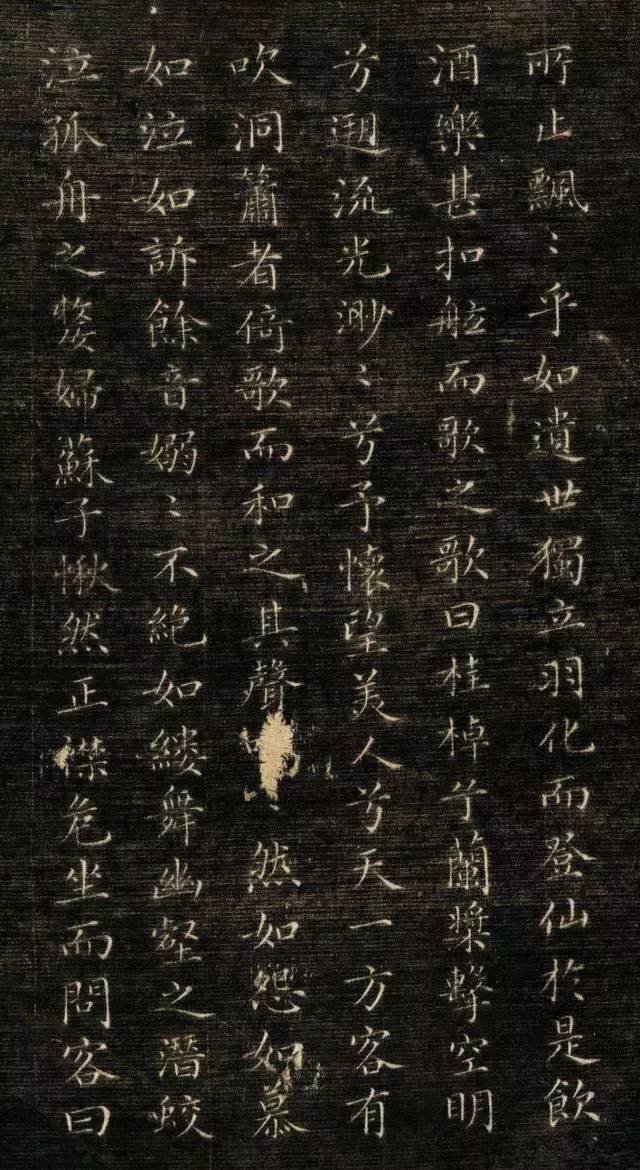
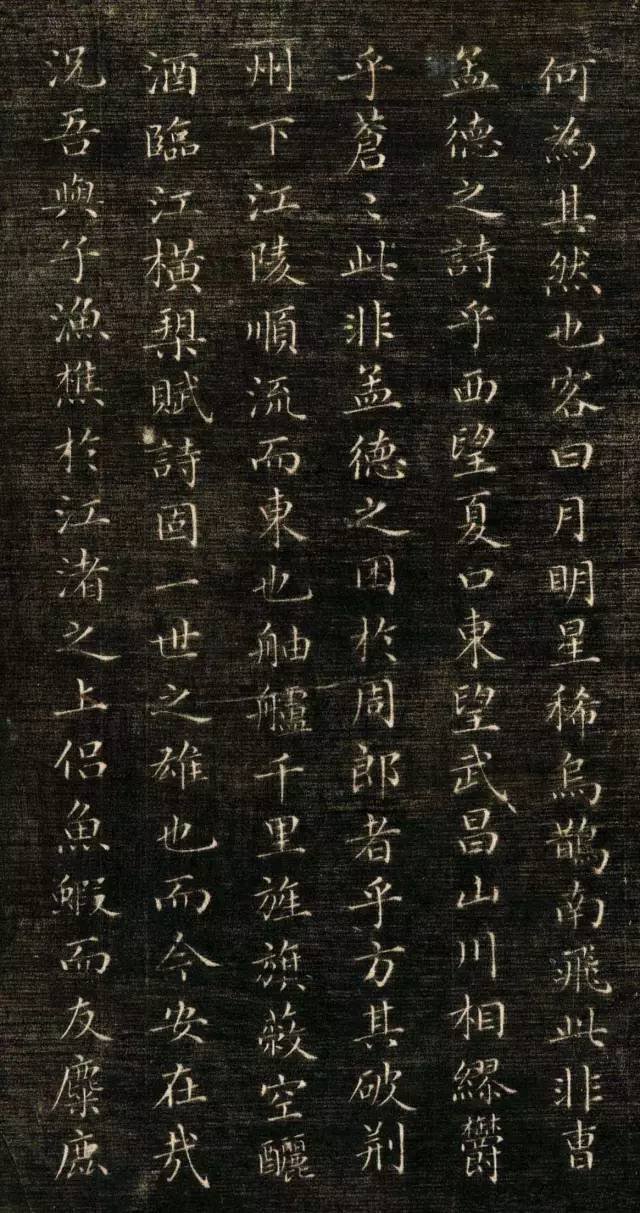
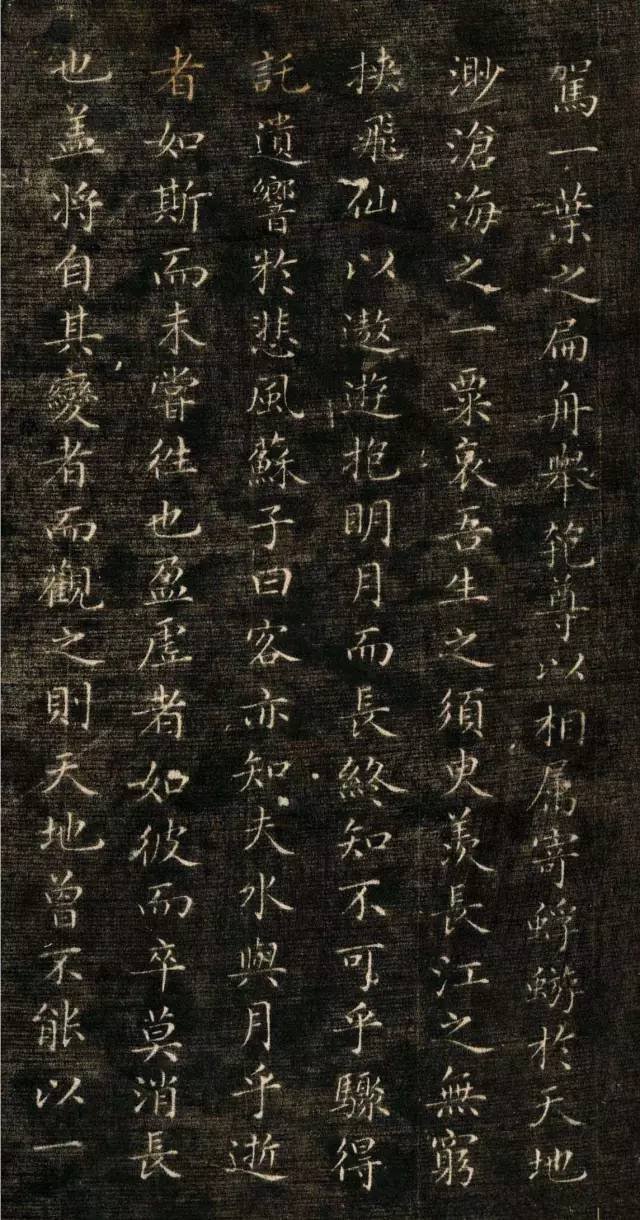
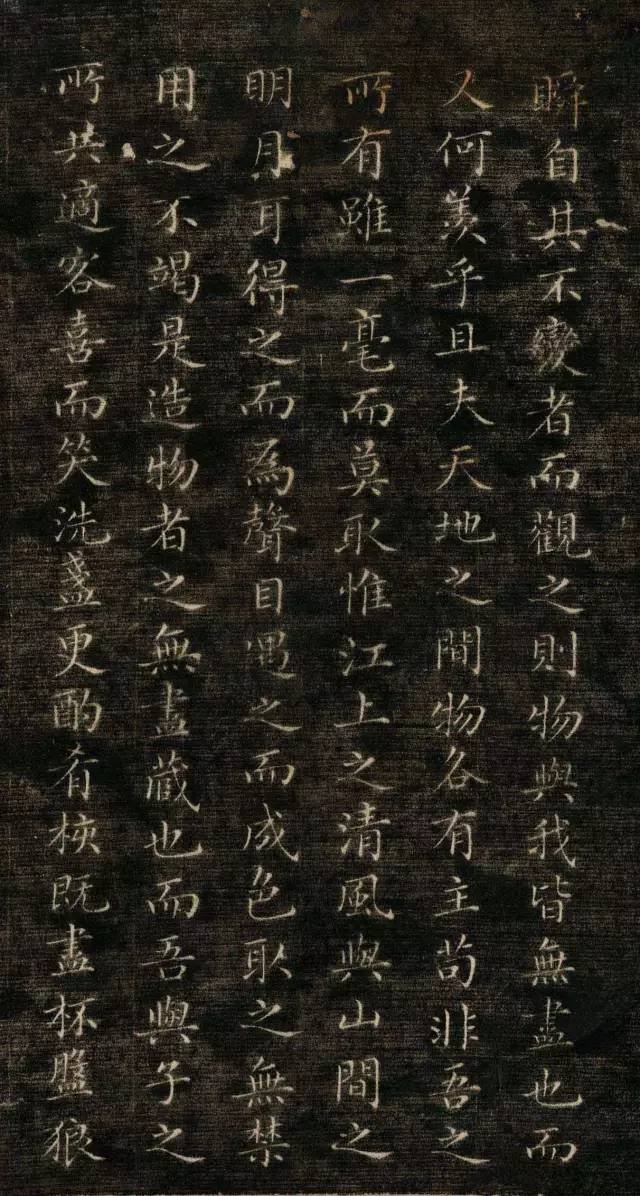
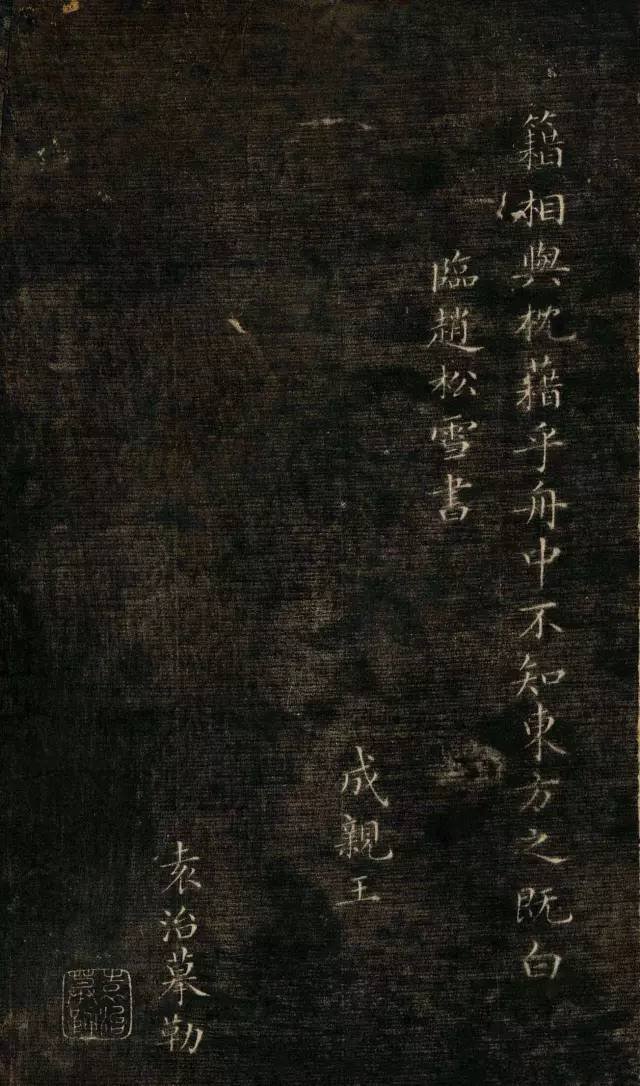
"Yangzhou Miscellanies" written by Prince Cheng in running script

